Hello wonderful people on
#Steemit! A very warm greetings to one and all. Hope you all are doing well in your life! This article is with deep regards and love for
@eurogee question in a past comment. I hope it will satisfy him with the answer to his question. In today's article, we're going to imagine and discuss what the universe or at least our own galaxy is going to look like in about 1 trillion years from now! That's a pretty large number to imagine. Now, let's take it one step at a time and to try our best we obviously have to go to the future and imagine what all of this will look like in about 1 billion, two billion and then one trillion years from now. This is actually going to be mostly based on science we understand today. So, may be in about a decade from now this will have to change because the science will probably change as well.
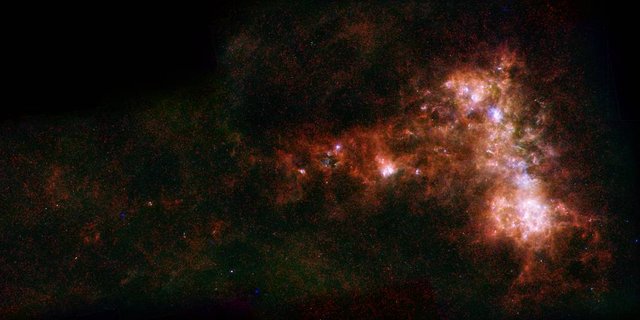 Picture Credit : NASA
Picture Credit : NASA
Hope you people will read my article and provide your valuable suggestions and thoughts by commenting below. So, without any further delay let us start the exploration!!
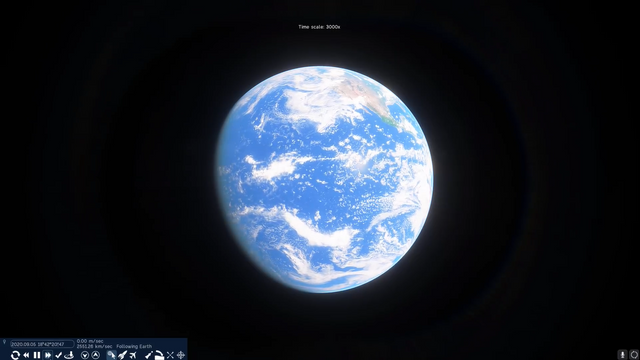.png)
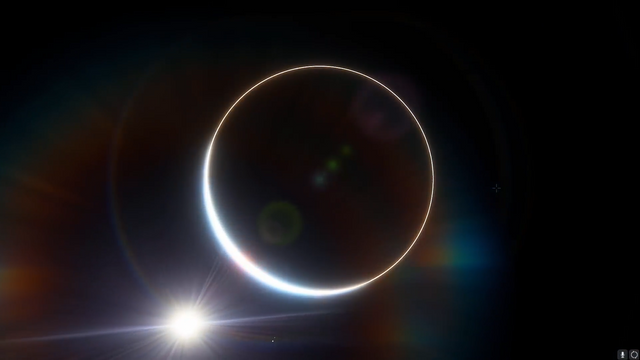.png)
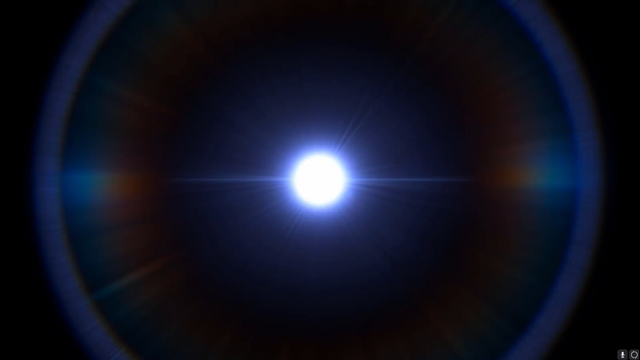.png)
Let's start small. Let's start with the simple effect that earth will very likely be gone by then. It's either going to be sold by the ever expanding Sun or possibly it will experience a collision with something like Mercury which will also change its orbit as well. Either way though there's a very low chance for the survival of planet Earth. But the solar system will probably still be around not the way that we know it today though. First thing first is that our Sun will look something like this as shown in the picture above as a very small star known as a
white dwarf and it will continuously lose its heat and become darker and darker and darker. As a matter of fact it is at some point going to become so dim that it will become what's known as a black dwarf. But not in 1 trillion years though!
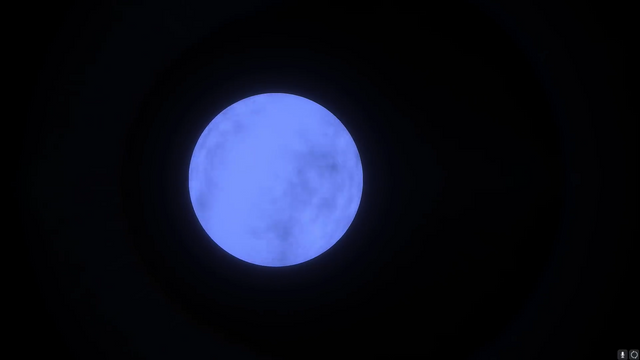.png)
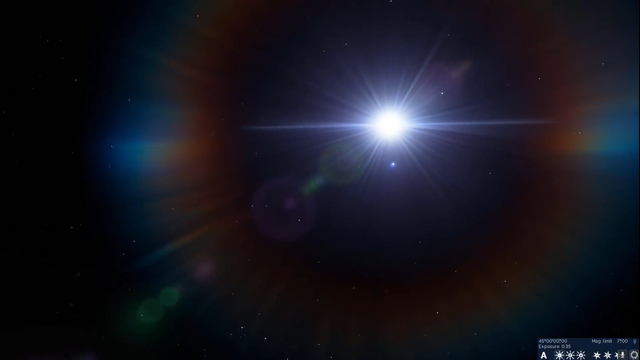.png)
After 1 trillion years the Sun will still be a relatively hot and be the size of about planet Earth; probably several thousand kilometers in radius and basically remain like this for a really long time. But any planet that are still in orbit around the solar system will obviously be very cold because this will not be producing nearly enough heat to warm them up. Now, here's the thing about the rest of the galaxy. The night sky is in our galaxy will look completely different. Most large bright stars that we see today and the star that would take for granted will actually be all gone and the vast majority of the sky will be very dim with only a few stars that are visible to us. Now, we're going to go to the location where we expect the Sun to be.
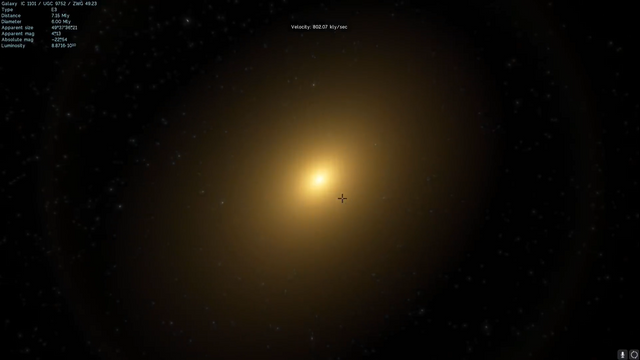.png)
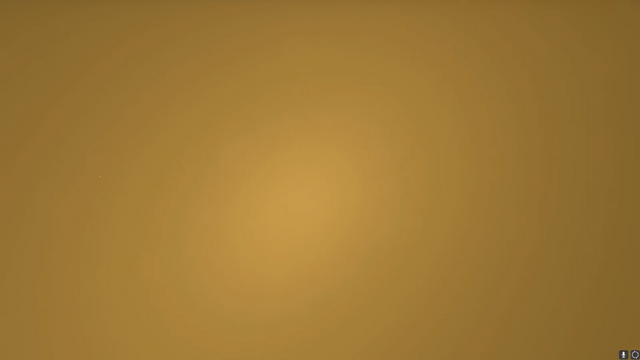.png)
We're going to imagine what the night sky might look like! From the galaxy that we already have discovered in our own universe; this is a galaxy known as
IC 1101. Now, this is kind of what the center of this galaxy looks like from I guess just the middle of the space. But let's try to land on the planet here just to see what the night skies will look like as well. So, here is the typical planet that you might actually discover in the
Milky Way; our own galaxy about a trillion years from now. A planet that seems to have some sort of volcanism going on and that's quite possible. But what's different here is the night sky. The night sky is completely dark after about a trillion years. We expect the Milky Way to actually have collided with all of the other galaxies that are near us and to have created one major mega galaxy very similar to the galaxy we’re in right now IC 1101.
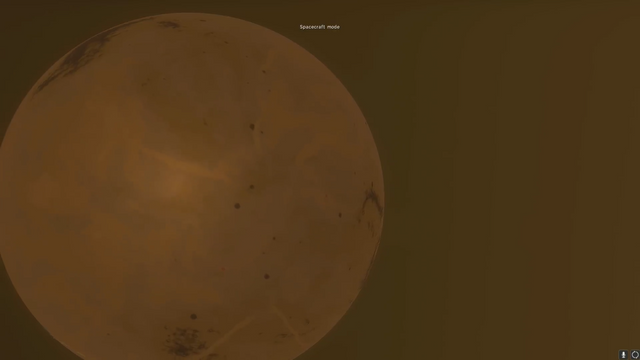.png)
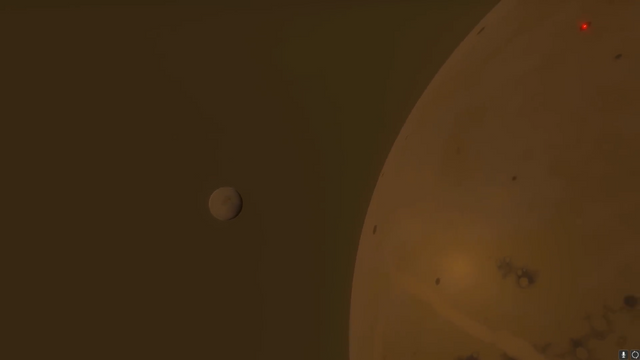.png)
If I stand on the surface of this planet right now and look into the night skies. I'll see this a very unusual sight not a single star that's visible. But there's still some kind of a light coming off and those are various
red dwarfs and various other stellar remains that are still sending the light to us and the center of the galaxy will also be indistinguishable. As a matter of fact trying to see what the center is will be very difficult. Now, it doesn't mean that we won't see anything! We'll just really have difficulty telling what we're looking at! The stars that are still here are all very small red dwarfs that survived for so long and for the most part the stars that we have today in the Milky Way will all be gone. There will only be a few possible remains out there.
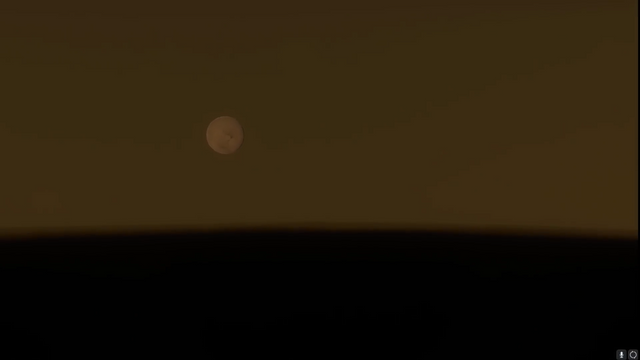.png)
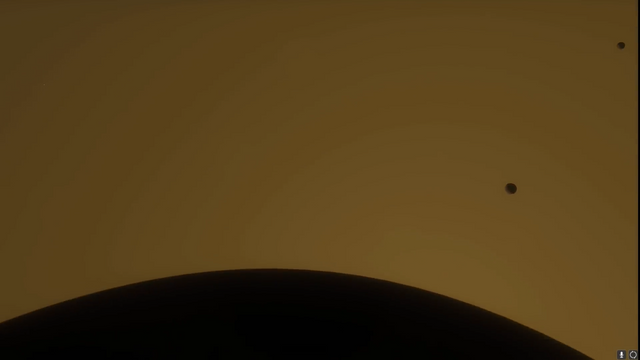.png)
.png)
One of them is actually a really interesting star known as
VB 10 about which we'll discuss about in one of the future article. But everything else here will be kind of a blur just like you see in the picture above. But interestingly, this blur will actually contain trillions and trillions of star remains and various red dwarfs that are still kicking around. But here's what's really interesting about all of this. If we actually try to zoom in on any part of the sky here we are not going to see any more galaxies. There are no other galaxies that are visible and that's because after about trillion years every galaxy that is currently visible to us is going to actually be beyond the scope or we cannot actually see them. The universe will have expanded so much that we'll just see the unusual yellowish night sky. Not a single
galaxy, not a single
nebula and not even a single
supernova because there's just no more stars left to explode.
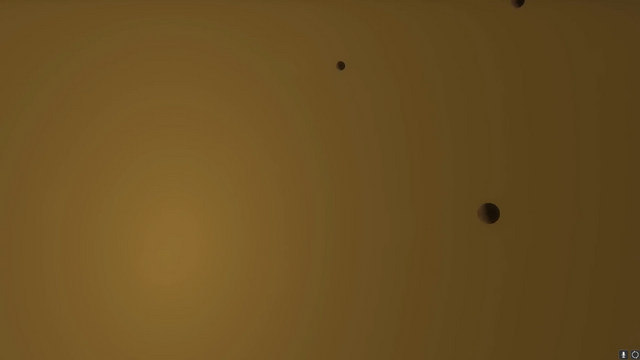.png)
.png)
It doesn't mean that it might not happen. It still might! Especially, if two stars collide. But the chances for it happening are so much lower than they are today and the only way that is being generated in the new Milky Way galaxy is coming off these stars right here. Red dwarfs are going to be pretty much everywhere. It's going to be the only main sequence star left and the only other stars that are going to generate any light are all obviously going to be white dwarfs like our Sun. Now, these right here is going to be the prime source of new life. As a matter of fact, we think that in about a trillion years the chance for life around red dwarfs is going to increase exponentially; possibly up to a thousand times higher than it is right now.
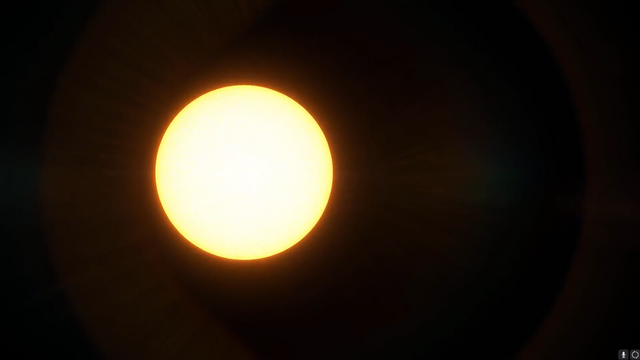.png)
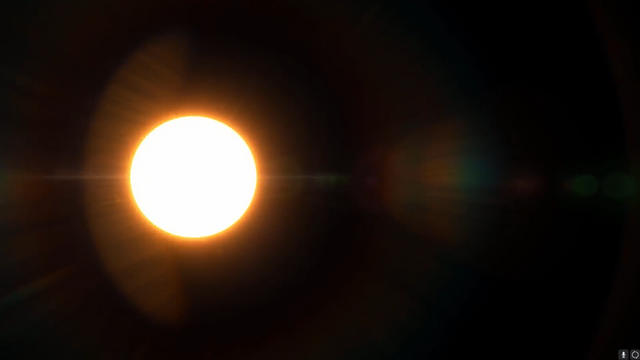.png)
.png)
Red dwarfs are going to be basically where we expect to find life and obviously a lot of aliens; potentially even intelligent aliens because there are so many red dwarfs already in our galaxy. The chances for having millions; possibly billions or even trillions sources of life actually is going to be much higher than it is today. But if there are aliens that are going to be around to see all of this; they're not going to be able to explain most of the
astronomy as we know it today. They're not going to understand why the sky looks like this and they're not going to know galaxies. They're not going to know supernova. They're not even going to know the expansion of the universe because the background radiation that we still receive today that was started by the Big Bang is going to be insignificant. It's going to be extremely difficult to see or detect it.
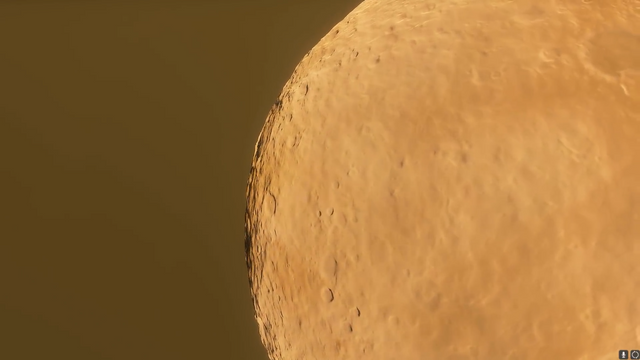.png)
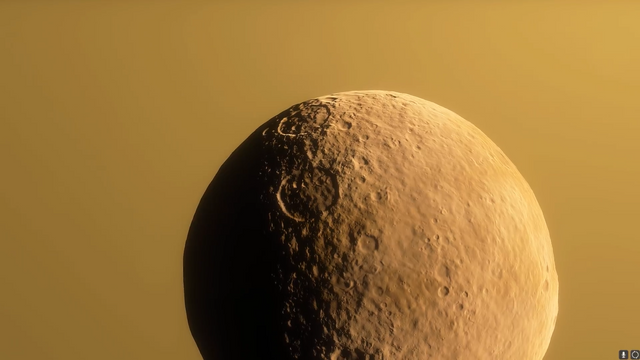.png)
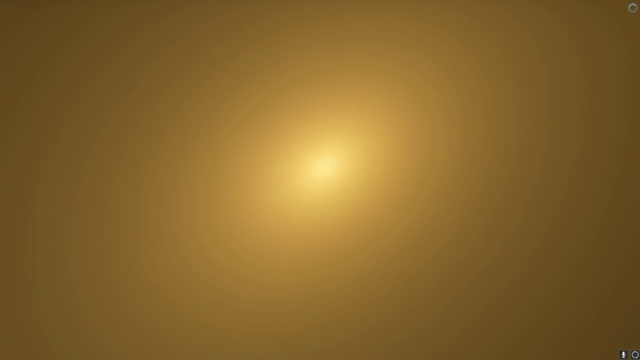.png)
It's even going to be extremely challenging for them to understand how the universe was born because the signs of the Big Bang will be gone and so for the most part any future extraterrestrial intelligence is going to most likely have completely different cosmological ideas from what we have today and this really gives us perspective what if there was life billions of years ago and there was intelligent life that could actually see something that we can't see today. What if our own understanding of astronomy and Space Sciences is actually also a little bit wrong in that sense? But anyway that's of course a speculation and if one day these aliens are able to actually leave the galaxy and look at it from the outside; this is what they would seem in the picture above the very unusual blurry blob. No other structure, no other formations, no supernova and not even nebula that we take for granted today and that's because all of the things we see in the night sky today like nebula are actually formed by various stars that are still around; especially, large stars.
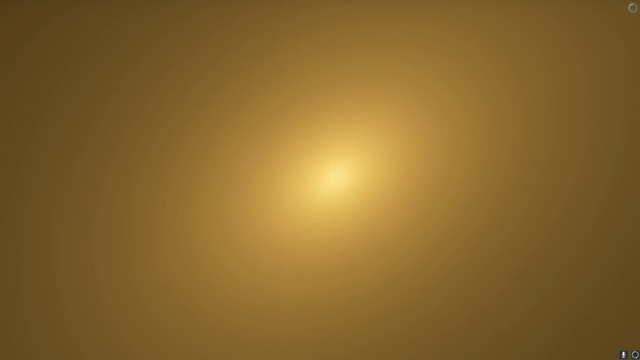.png)
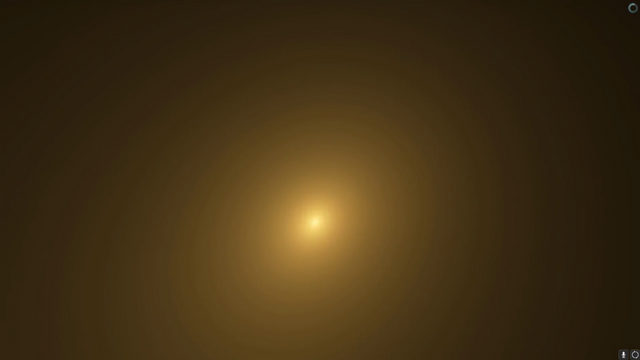.png)
All of these stars will be long gone and become
black holes or
neutron stars and even the space itself will actually have cooled down to almost
0 degrees Kelvin. It's currently about
2.7 degrees Kelvin mostly because of the radiation that we still receive from the
Big Bang. But that will also be gone! But I guess the saddest part of all of this is that the new alien species that might exist in this new galaxy will have never experienced or understand how stars are formed as well. They will not know how stars are created or were created because they will not see anything! The lowest estimate for the time until star formation stops completely is basically right now one trillion years. There's no more gas left to create new stars and everything that's left will simply not be enough to create new stars.
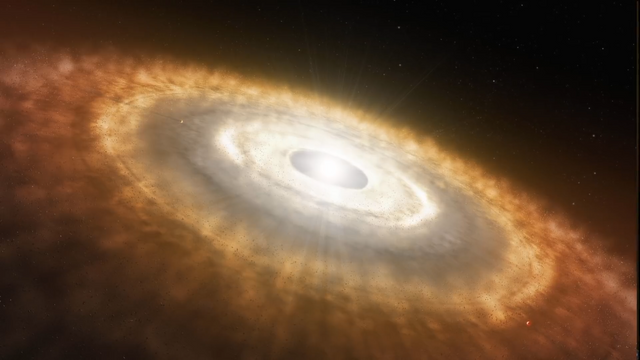.png)
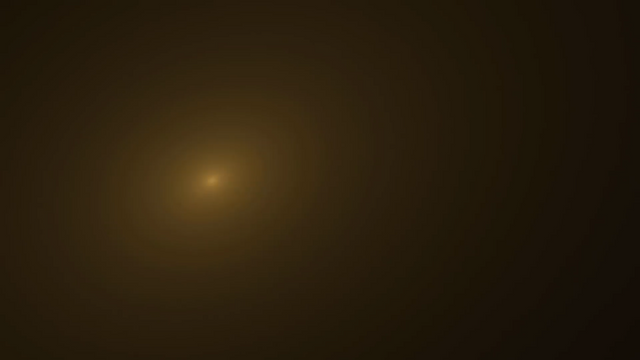.png)
So, most of the stars that exist at once early in the year period will basically be the last ones ever! Although, it's still possible for some other stars to collide with each other and create new stars or at least create a large enough explosion. The chance of it happening is very low. But nevertheless it is kind of ironic that this period in time is actually when we expect to have the most alien life possible. All of these thousands/ millions/ billions and trillions of red dwarfs that are going to exist in the new Milky Way galaxy will have a very high chance of developing life. So, even though life on earth as we know it will almost certainly perish and no longer exist! There will be a tremendously high chance of various life types developing around red dwarfs all across the new galaxy. Trillions and trillions of planets will be habitable and we'll have really high chance of creating new life!
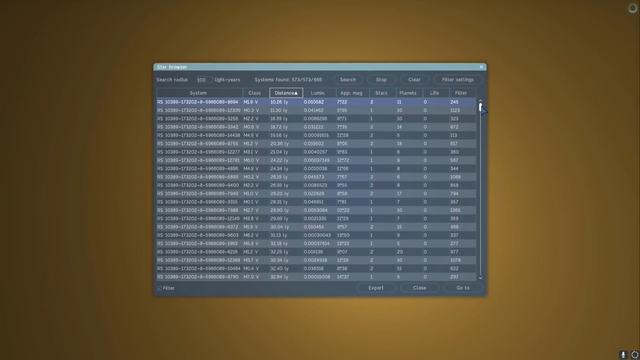.png)
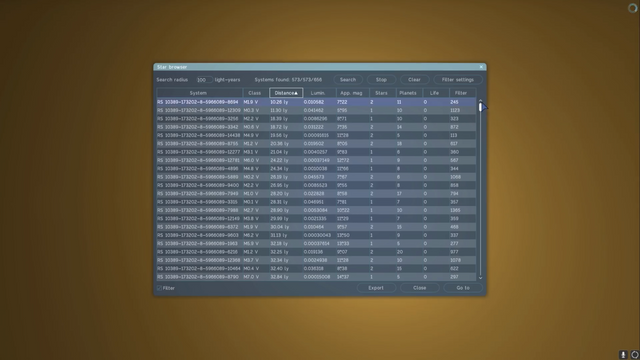.png)
But most importantly, what we could do for these future aliens is to help them understand what they're missing from their understanding of the universe. Help them understand what galaxies are? What is a supernova? What a nebula is and how the universe was created with the Big Bang? None of these things will be possible to learn in the future. So, may be if we send enough transmissions to space one day one of these future civilizations will be able to intercept it and learn about the universe through history. May be just may be they'll even get to watch this article. ;)
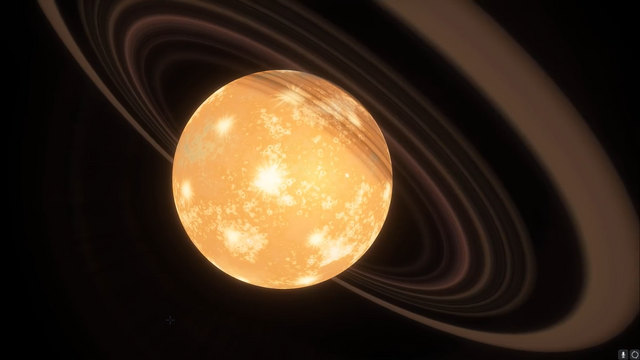.png)
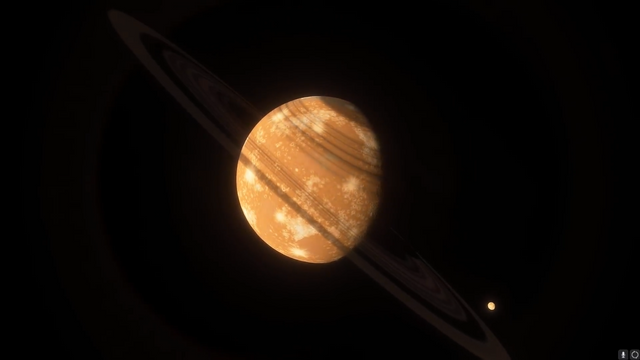.png)
Hopefully, now you know what the galaxies known as the Milky Way will look like in about a trillion years and hopefully now you know a little bit more about the universe as well. In one of the future article we're going to investigate this in a little bit more in detail. :)
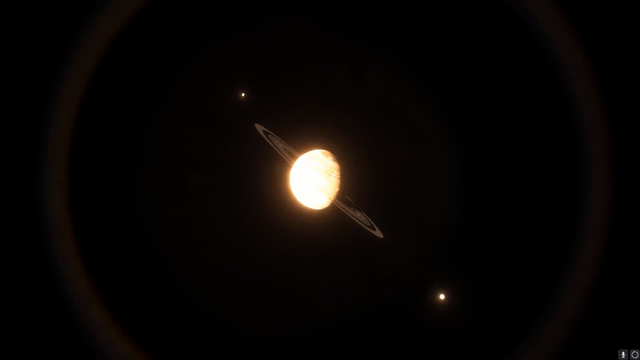.png)
Thank you so much for reading this article guys and if you've enjoyed reading the information in this article, don't forget to just Resteem for those who enjoys reading space articles and wants to learn more through the information provided here!!








Thank you for the here and now! 😁
It was from the reference of the space engine. Hence, I was having no option!! Thanks for bearing with me.. 😂
Very nice post @star-vc
Thanks a lot for your nice words!!
This post has been voted on by the steemstem curation team and voting trail.
There is more to SteemSTEM than just writing posts, check here for some more tips on being a community member. You can also join our discord here to get to know the rest of the community!
Thanks a lot!! :)
#steemSTEM_rocks!! :)
Congratulations! Your post has been selected as a daily Steemit truffle! It is listed on rank 5 of all contributions awarded today. You can find the TOP DAILY TRUFFLE PICKS HERE.
I upvoted your contribution because to my mind your post is at least 13 SBD worth and should receive 127 votes. It's now up to the lovely Steemit community to make this come true.
I am
TrufflePig, an Artificial Intelligence Bot that helps minnows and content curators using Machine Learning. If you are curious how I select content, you can find an explanation here!Have a nice day and sincerely yours,

TrufflePigThanks for the appreciation @trufflepig!! :)
In 1 trillion years humans will be so advanced that we could for sentimental reasons bring in new hydrogen from elsewhere and extract the product of fusion (helium) and send it out of the solar system.
So maybe things could look differently. You never know.
Hi @procrastilearner!
Thanks for taking out time and commenting!! :)
We never know what kind of turn it may take in future!! We are getting advanced day by day no doubt in that! Moreover, as I have already mentioned this article is with regard to the present scenario we have! This may similarly change as well if we find some alternative. ;)
But as you have mentioned anything could happen!! We never know!! :)
This is a very distant future. Honestly, I prefer working on understanding the past :)
Hi @lemouth!!
Thanks for taking out your valuable time and commenting!! Yes, very true it is a very distant future!! :)
Moreover, it was an answer for all of us who wanted to know what will be the timeline of our galaxy!! :)
I agree it depends where our own interests lie. ^^
As I said, I personally like to think about what could be important at the dimension of my lifespan. And for that, understanding the past is my way (and maybe will this give some hint on the distant future, who knows?) :)
I agree, all this analysis is based on the studies we did in the past. From their only we came to know the details! Moreover, who knows the future! We may get some turn!! :)
This we will know in getting the past better under control ;)
Absolutely correct @lemouth Sir!! :)
Sir this discussion has been very interesting with your valuable thoughts and comments!! :)
You are always welcome! :)
:)
Looks quite captivating. Will return to read it later as I am preparing to embark on the trip to Lagos for @stemng's of @steemstem meetup. Thanks you
Regards
@eurogee of @euronation and @steemstem communities
Sure!! Wishing you a very happy and safe journey!! :)